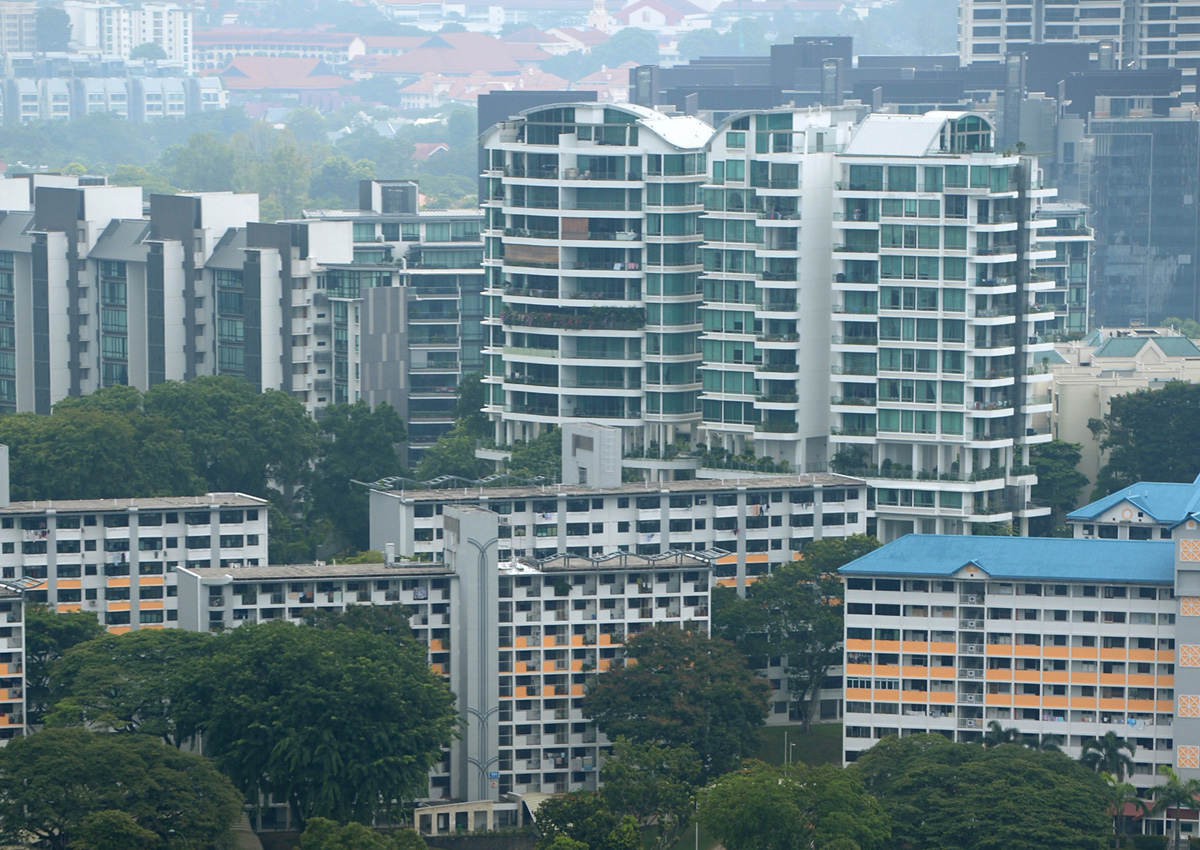English has become the language spoken most often at home in Singapore. But at the same time, more people are reading and writing in at least two languages, according to a survey of households done every five years.
It shows 36.9 per cent of residents aged five and older use English most often at home against 34.9 per cent for Mandarin.
Five years ago, it was the reverse: 35.6 per cent said Mandarin was their most-used language at home while 32.3 per cent used English most frequently.
However, 73.2 per cent of people were literate in at least two languages, up from 70.5 per cent in 2010 and 56 per cent in 2000. No figures were available for this group for 2005.
These and other changes in the make-up of Singapore’s 1.2 million households were highlighted in the General Household Survey released yesterday by the Department of Statistics.
It also found that in June last year, Singapore had 3.9 million citizens and permanent residents, a rise from 3.47 million 10 years ago.
Chinese made up 74.3 per cent of the resident population, while the proportion of Malays stood at 13.3 per cent and Indians, 9.1 per cent – about the same as in 2005.
The use of English has been rising steadily: 23 per cent in 2000, 28.1 per cent (2005), 32.3 per cent (2010) and 36.9 per cent (2015).
During this period, the use of Mandarin at home has remained relatively stable, between 35 per cent and 36 per cent. Similarly, Tamil stayed stable, at around 3.3 per cent.
But the use of other Chinese dialects and Malay has fallen steadily.
Last year, 12.2 per cent reported using mainly Chinese dialects at home, down from 14.3 per cent in 2010 and 18.2 per cent in 2005.
For Malay, just 10.7 per cent of residents used it most often at home last year, down from 12.2 per cent in 2010 and 13.2 per cent in 2005.
The findings are in line with demographic trends, said Dr Susan Xu, who heads the translation and interpretation programme in SIM University.
“English is the main language in Singapore. People use it in school and at work. So, it is understandable that they will use English at home when they start a family, even if they did speak their mother tongue with their parents.”
Ms Kate Tan, 27, grew up speaking Mandarin to her parents but now uses English when talking to her two children, aged two and five.
Said the customer service executive: “I speak English with my husband, so I use it with my children too. Also, there are many words I don’t know in Mandarin. It’s better to just use English instead of broken Mandarin.”
In other findings, the survey shows that ever-married women in the 40-49 age group are now having fewer children.
In proportional terms, more of these women would have at least three children in the past.
Now, more are having, at most, two children.
As for families living in condominiums, the proportion has risen to 13.9 per cent, up from 11.5 per cent in 2010.
On the other hand, those in Housing Board homes have dipped from 82.4 per cent in 2010 to 80.1 per cent last year.
Four-room flats remain the most common category, with 32 per cent of HDB residents living in them last year.
Interestingly, as Singapore becomes more affluent, more say they do not have a religion: 18.5 per cent versus 17 per cent five years ago. It was even lower in 2000: 14.8 per cent.
However, the proportion of people of different faiths, such as Buddhism, Christianity, Islam and Hinduism, remained stable over the last five years.
leepearl@sph.com.sg

This article was first published on March 10, 2016.
Get a copy of The Straits Times or go to straitstimes.com for more stories.






